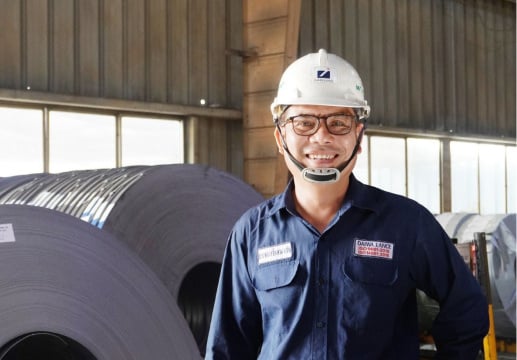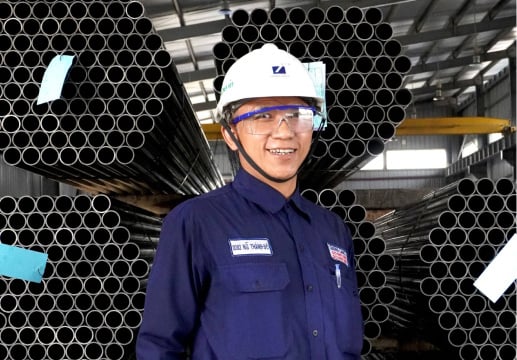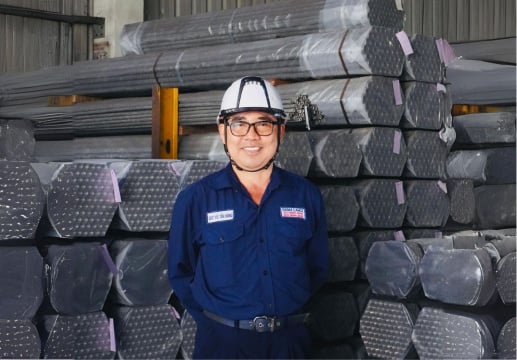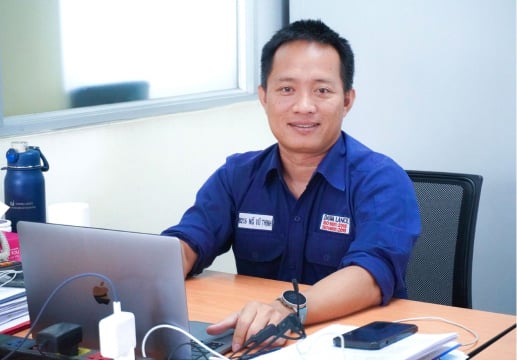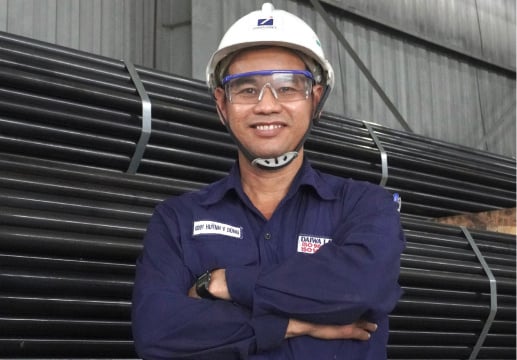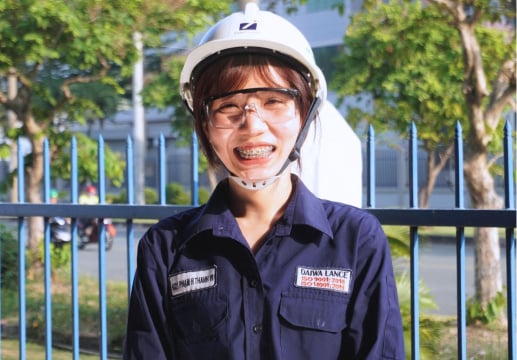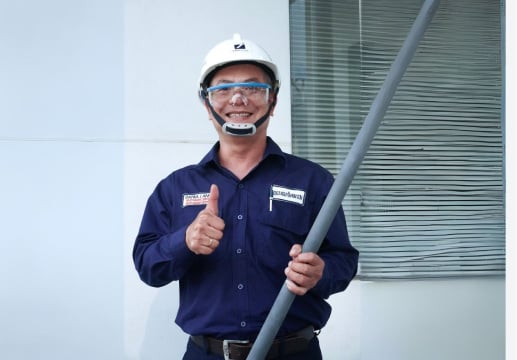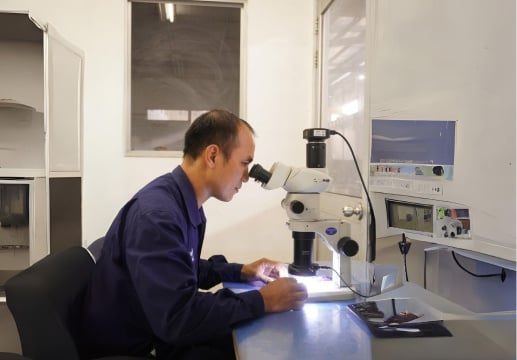Aluminum casting is a critical process in industries ranging from automotive to aerospace. However, one of the biggest challenges in aluminum melting is the presence of impurities—primarily oxides and hydrogen gas. These contaminants can weaken the final product, leading to porosity, inclusions, and reduced mechanical properties.

So, how can we ensure high-quality aluminum melt? The answer lies in effective flux injection. Flux helps remove impurities, degas the melt, and improve overall metal quality.
In this guide, we’ll explore:
- What Flux Aluminum Melting is and how it works
- Different methods of introducing flux into molten aluminum
- Best techniques for flux injection using a simple lance
- How to choose a durable injection lance that won’t crack or oxidize easily
By the end, you’ll know how to optimize flux injection for cleaner, stronger aluminum castings.
What Is Flux Aluminum Melting?

Flux is a solid mixture of chloride and fluoride salts used in aluminum foundries to improve melt quality. It serves multiple critical functions:
Key Roles of Flux in Aluminum Melting
- Reduces Oxidation – Forms a protective layer to prevent aluminum from reacting with oxygen.
- Removes Hydrogen – Absorbs dissolved hydrogen gas, minimizing porosity in castings.
- Eliminates Non-Metallic Inclusions – Captures oxides and slag particles suspended in the melt.
- Cleans Furnace Walls – Prevents oxide buildup, extending equipment life.
- Improves Grain Structure – Refines aluminum grains for better mechanical properties.
- Modifies Silicon in Alloys – Adjusts silicon distribution in high-silicon aluminum alloys.
Without flux, aluminum melts are prone to defects. But simply adding flux isn’t enough—how you introduce it matters.
Methods of Introducing Flux into Molten Aluminum
There are two main approaches:
1. Manual Flux Application (Traditional Method)
| How it works | Pros | Cons |
|
|
|
2. Flux Injection (Advanced Method)
This involves blowing flux powder into the melt using inert gas (Argon/Nitrogen). Two common techniques:
A. Basic Lance Injection

| How it works | Pros | Cons |
|
|
|
B. Rotary Degasser Injection
| How it works | Pros | Cons |
| A rotating impeller disperses flux uniformly. |
|
Higher initial cost. |
How to Inject Flux Effectively Using a Lance
In this guide, we’ll focus on flux injection using a lance—an advanced yet cost-effective method that bridges the gap between traditional manual application and rotary degassers.
Specifically, to effectively inject flux for aluminum purification, two critical factors must be combined: first, the proper flux injection technique, and second, a suitable injection lance.
1. Flux Injection Technique
Here are three key factors in flux injection technique you should pay attention to:
- Immersion Depth – Submerge the lance deep enough to ensure full melt coverage but avoid excessive splashing.
- Gas Flow Rate – Adjust for a steady, controlled stream (too high causes turbulence; too low reduces flux dispersion).
- Injection Time – Allow enough time for flux to react (mostly depending on melt volume).
2. Choosing a Suitable Flux Injection Lance
A poor-quality lance can crack, oxidize, or wear out quickly. To maximize service life and efficiency, we can choose lances that offer:
- High-Temperature Resistance – Must withstand >700°C without cracking.
- Oxidation Resistance – Ceramic or specialized alloy construction prevents degradation.
- Mechanical Durability – Resistant to abrasion and thermal shock.
- Optimized Design – Even gas distribution nozzles minimize flux waste.
Recommended Refractory Products for Flux Injection in Aluminum Melting Furnace
Option 1: Mild Steel Pipe
Mild steel pipes (or black pipes) serve as an economical solution for flux injection. Their carbon steel construction provides adequate short-term performance for operations with limited budgets or intermittent furnace use.
While cost-effective initially, these pipes face limitations in continuous high-temperature applications. The untreated steel surface gradually oxidizes when exposed to molten aluminum (typically above 700°C), potentially leading to:
- Reduced wall thickness over 2-3 months of regular use
- Increased risk of cracking during thermal cycling
For small-scale foundries with infrequent melting cycles, mild steel pipes may offer reasonable short-term savings. However, operations requiring prolonged daily use often find replacement costs and downtime outweigh initial savings.
Option 2: Calorized Ceramic Coated Lance Pipe (Daiwa CA Lance)

This enhanced solution combines metallurgical diffusion treatment with ceramic coating technology.
Its heat and corrosion resistance improvement process creates:
- A bonded alumina (Al₂O₃) diffusion layer at the substrate level
- An outer ceramic coating for additional thermal protection
Its dual-layer system demonstrates:
- 3-7x longer service life than mild steel in continuous operation
- Reduced thermal shock fractures during repeated immersion
While requiring slightly higher initial investment, Daiwa CA Lance proves more economical over 12+ months of operation through:
- Increased Lifespan: The calorized layer significantly extends the lifespan of the lance pipe, making it resistant to wear and tear from high-temperature applications.
- Reduced Maintenance: The improved durability reduces the need for frequent replacement or maintenance of the lance pipe.
- Enhanced Performance: The calorized layer ensures the lance can operate effectively even at high temperatures, leading to improved steelmaking processes.
For detailed technical specifications of Daiwa Lance's high-temperature and corrosion resistance capabilities in aluminum melting furnaces, please click here.
- Category:
- Daiwa Lance Products
- Keyword:
- what is flux melting lance








